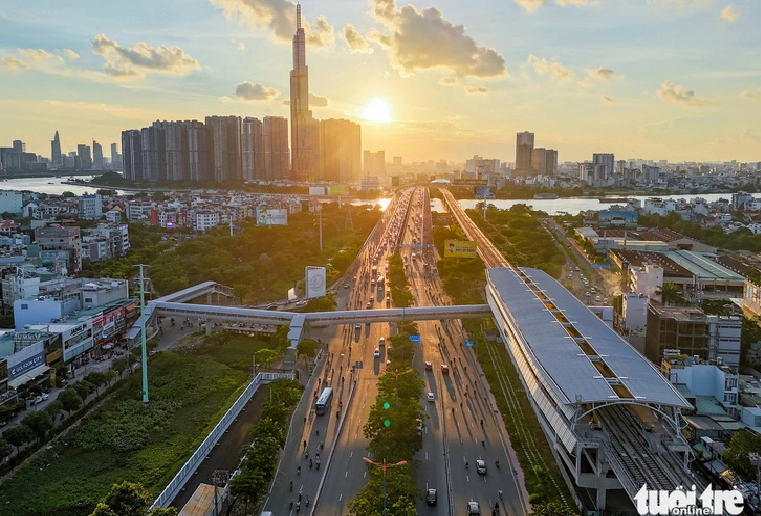Construction on all nine pedestrian bridges linking to stations on the Ben Thanh – Suoi Tien metro line in Ho Chi Minh City has been completed as of Thursday, a representative from the municipal urban railway management board told Tuoi Tre (Youth) newspaper.
The new pedestrian bridges connected to metro line No. 1 will greatly improve convenience for city commuters.
Finishing all nine bridges marks a key milestone as the city prepares for the metro line’s official launch in December.
Barricades at the entrances and exits of the nine pedestrian bridges will be kept until the official operation of the metro line in order not to affect the completion of other items.
The city has completed the pedestrian bridges across Hanoi Highway and Vo Nguyen Giap Boulevard to link nine stations, including Tan Cang, Thao Dien, An Phu, Rach Chiec, Phuoc Long, Binh Thai, Thu Duc, Saigon Hi-Tech Park, and National Vietnam University-Ho Chi Minh City.

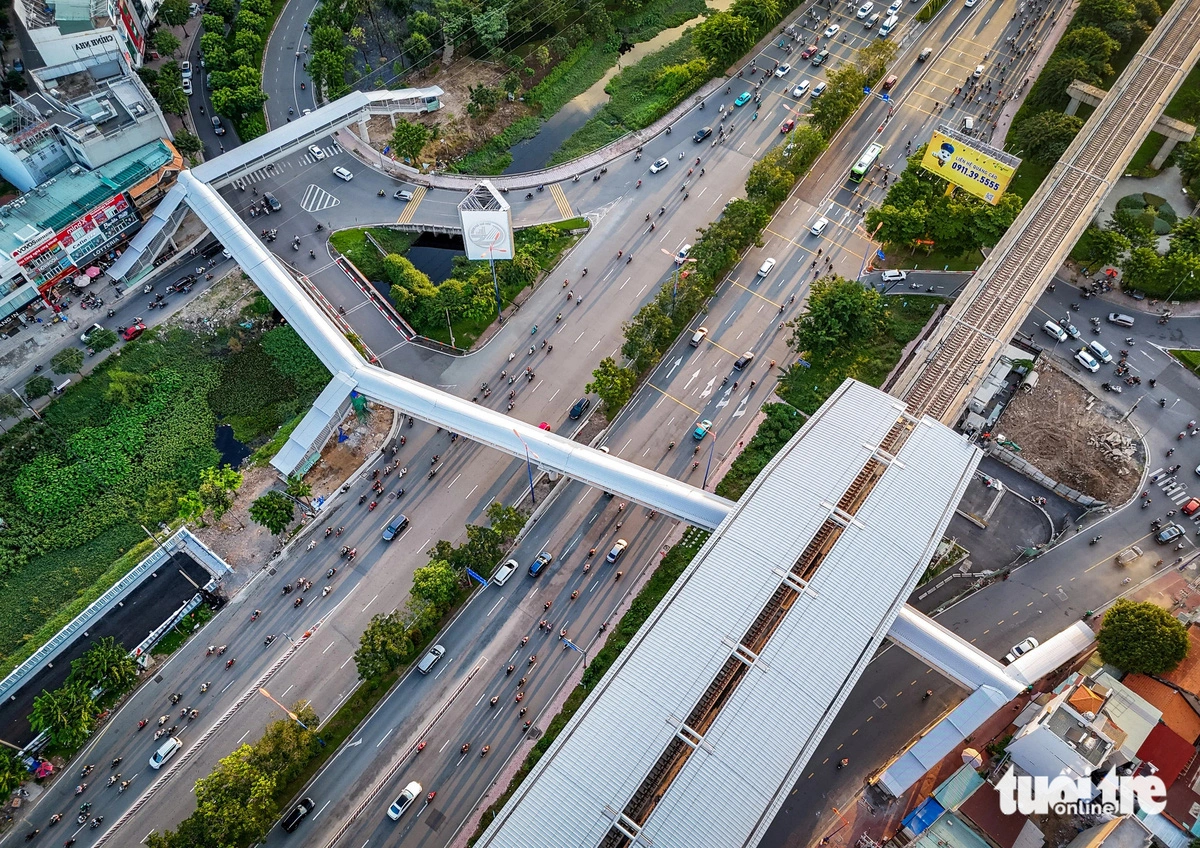
Staircases leading to the bridges were built to connect with other facilities along the metro line, including a park near the Saigon Bridge, a Mega Market grocery store, Vincom An Phu, Saigon Hi-Tech Park, Suoi Tien Theme Park, and the National Vietnam University-Ho Chi Minh City.
The nine bridges were designed to avoid affecting the power and water supply systems and limit the relocation of such systems as well as trees.
Phan Cong Bang, head of the municipal Management Authority for Urban Railways (MAUR), told Tuoi Tre (Youth) newspaper that most of the component of the city’s first metro line project had been finished.
Contractors had been committed to finishing the remaining works prior to October 31.

MAUR is finalizing procedures for the acceptance of the fire prevention and control system at the metro line project, assessing the project, and conducting test runs to complete all tasks by December 20.
The board will propose that the municipal government award certificates of merit to the contractors of the pedestrian bridges and other individuals and units responsible for various project packages, according to Bang.
Vo Nguyen Giap Boulevard and Hanoi Highway experience heavy traffic, including many container trucks heading to nearby ports, which is why MAUR prioritized the vertical clearance of the footbridges.
They meet the standard of the minimum vertical clearance of 4.75 meters.
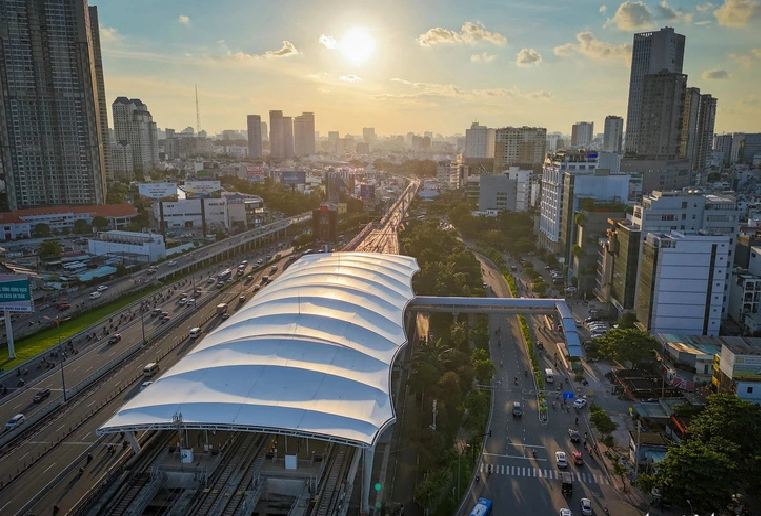
The first metro line is 19.7 kilometers long, including 2.6 kilometers of underground urban rail link and 17.1 kilometers of elevated track.
It runs from Ben Thanh Market in District 1 to Suoi Tien Theme Park in Thu Duc City – a district-level administrative unit of Ho Chi Minh City – through three underground stations and 11 stops above the ground.
The line has a total of 17 trains, each capable of accommodating 930 passengers, including 147 seating and 783 standing.
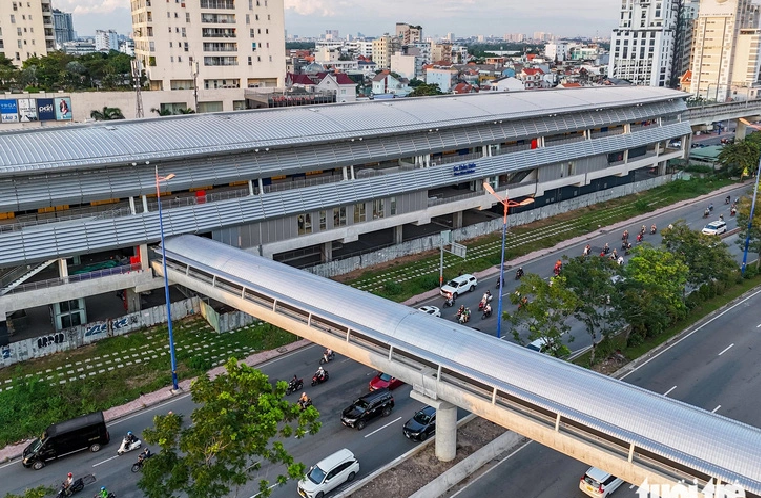
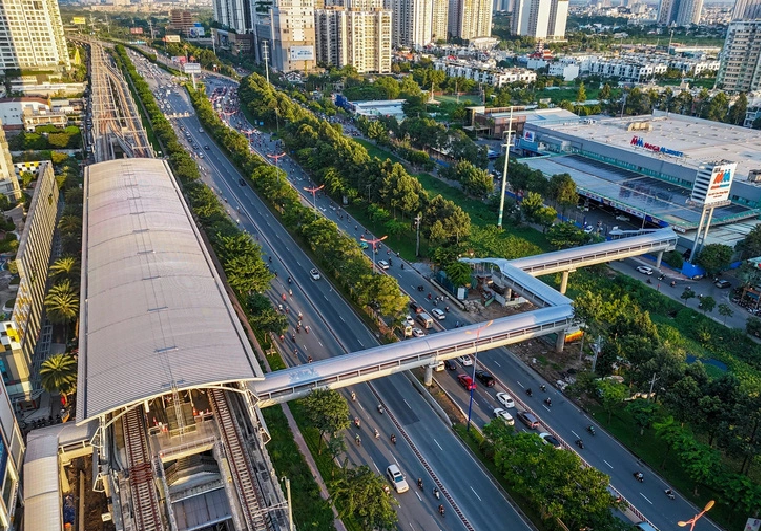
On Monday, MAUR launched a campaign to finalize the work and procedures necessary to begin commercial operations of metro line No. 1 by December 22.
The 50-day campaign was kick-started in response to the directions of national government and city leaders so that the metro line can officially operate by the end of this year after several delays.
Like us on Facebook or follow us on Twitter to get the latest news about Vietnam!



